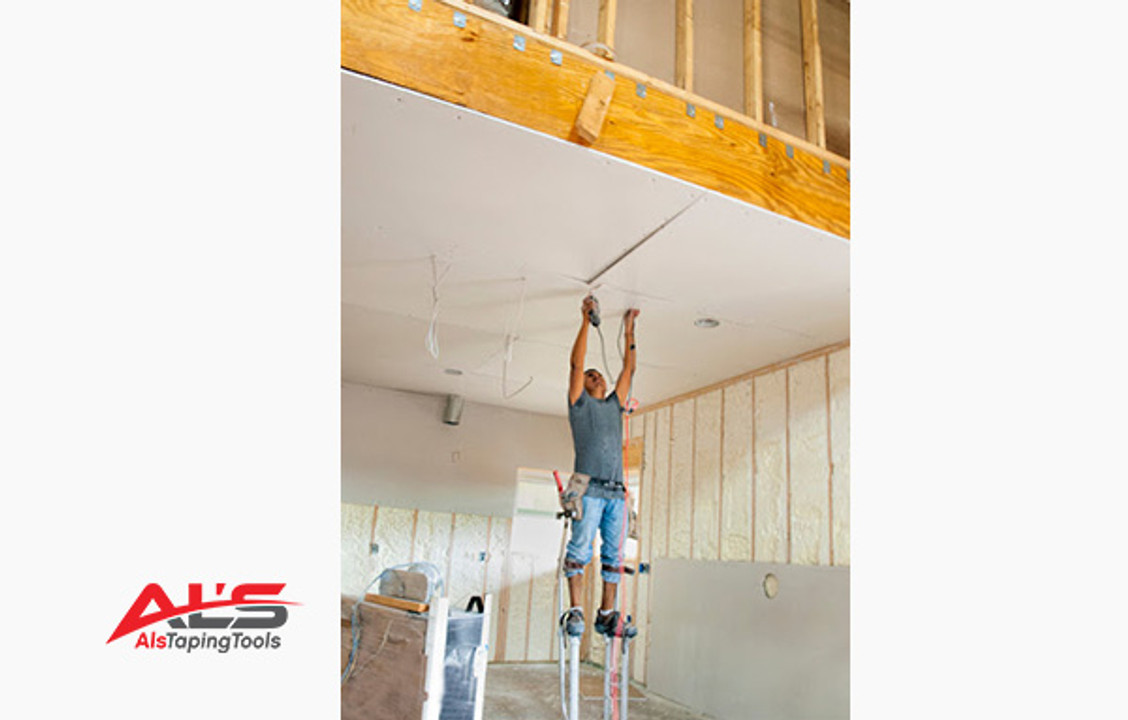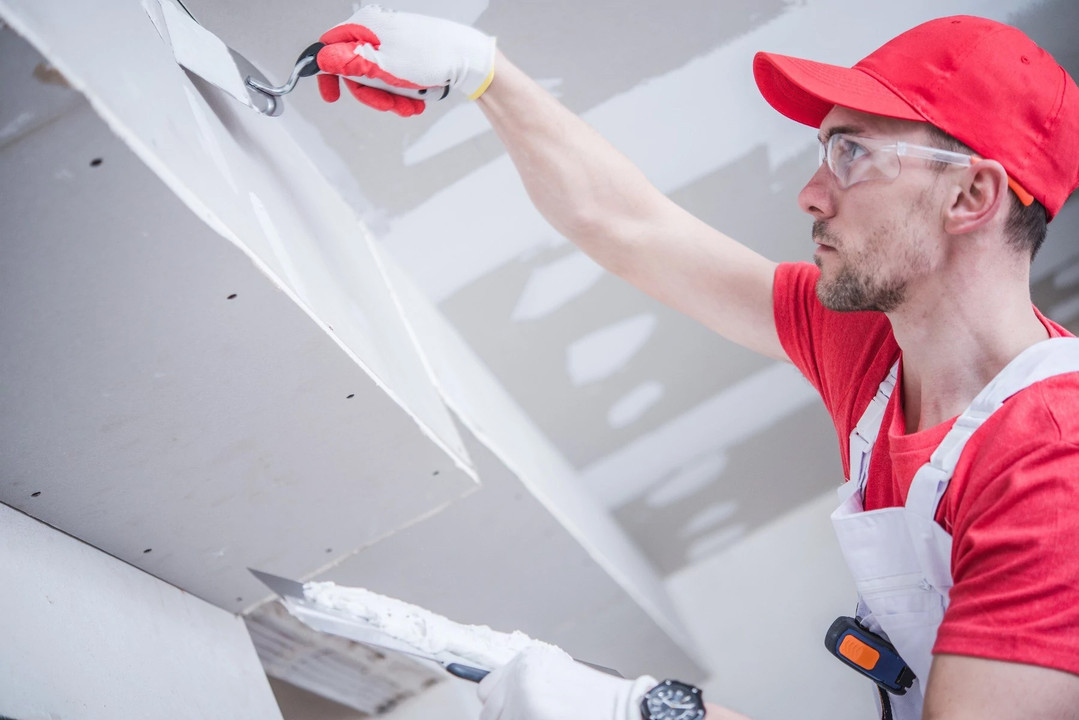Blog
Drywall Finishing Tips to Save You Time and Money
The process of finishing a drywall job can be extremely frustrating, with slow drying, crushed edges, and several other factors interrupting the job and forcing you to double back and fix errors. In a perfect world, you’d get the finishing job done properly on your first try and would be able to avoid going back to address any such issues. This takes time, but it’s better to work slowly and effectively through the project to get it done right. Here are some drywall finishing tips to utilize thro
…
19th Feb 2019
Cleaning and Caring for Your Hopper Gun
Hopper guns play an important role in properly finishing drywall-covered walls. Leaving excess drywall compound in your gun can cause clogs or release dirty particles into your next finish, making it essential to properly clean and care for the gun in order to ensure a quality finish and the longest life for your equipment. Here are some key steps to take immediately after each use of your hopper gun to ensure it keeps functioning to the best of its ability.Step 1: Clear excess drywall residueTh
…
23rd Jan 2019
5 Taping Tool Accessories You Need to Add to Your Arsenal
A drywall contractor is nothing without his tools, but even the greatest tools can only get you so far in their base form. The use of accessories and attachments takes great tools and makes them elite and highly more effective, allowing drywall work to be completed more efficiently, safely, and effortlessly. Here are five of the best taping tool accessories on the market today, all of which should be added to your arsenal prior to beginning your next drywall job.TapeTech Automatic Taper Extensio
…
14th Jan 2019
How to Finish Inside Drywall Corners Like a Pro
Inside corners are prevalent within a house’s drywall structure, and knowing how to finish them properly will dramatically improve the look of every room in your home. This is something most people don’t notice until they see a poorly finished corner that stands out – in a bad way. Despite the benefits, applying a good finish to an inside corner is often a difficult task that takes practice and patience to perfect, but with the right tools and knowledge, you’ll be able to finish yours like a pro
…
30th Nov 2018
Why You Need Drywall Stilts and How to Use Them
Working at tall heights provides a common challenge for contractors and those who DIY alike. It can be tough to efficiently move drywall, complete electrical work, hand sheetrock, do plastering or repair ventilation at ceiling heights without the use of stilts. This is why drywall stilts are a must-have for any serious drywall installation job.Stilts provide a wide range of benefits to any drywall project and in particular the final results of any project that requires a height adjustment. Here
…
15th Oct 2018
8 Drywall Tools You Need to Have in Your Collection
The right tools can make the difference between an easy, successful drywall project and a frustrating, error-filled trainwreck. Knowing which tools to add to your collection and understanding how to use them properly are both components of becoming a better home improver. Here are eight must-have drywall tools that can help equip you for anything your next project throws at you.Jab sawThe jab saw is basically only useful for cutting drywall and is thus highly specialized within your collection –
…
12th Sep 2018
How to Bend Drywall
In most cases, drywall is used to create straight surfaces like walls or doorways. But what if you need to create a curved surface like an archway or a curved wall? Is drywall still an option? Absolutely. Bending drywall is a commonly used technique that allows you to tackle these more ambitious obstacles with relative ease. Here’s a step-by-step walkthrough of how to expertly bend drywall to achieve the form you need for your project.Note: We recommend practicing bending on a spare piece of dry
…
16th Aug 2018
How to Prevent Nail and Screw Pops in Drywall
Nail and screw pops are an inevitable part of every drywall project. The average house has around 30,000 fasteners throughout, so having a few pops is certainly common. Having anything more than a dozen can be a sign of a major issue. Here are some steps to take before and during the drywall hanging process to prevent nail pops and keep your walls and ceilings looking their best.Monitor the moisture of your lumber and drywallThere are steps you can take early on in the drywall process to reduce
…
17th Jul 2018








